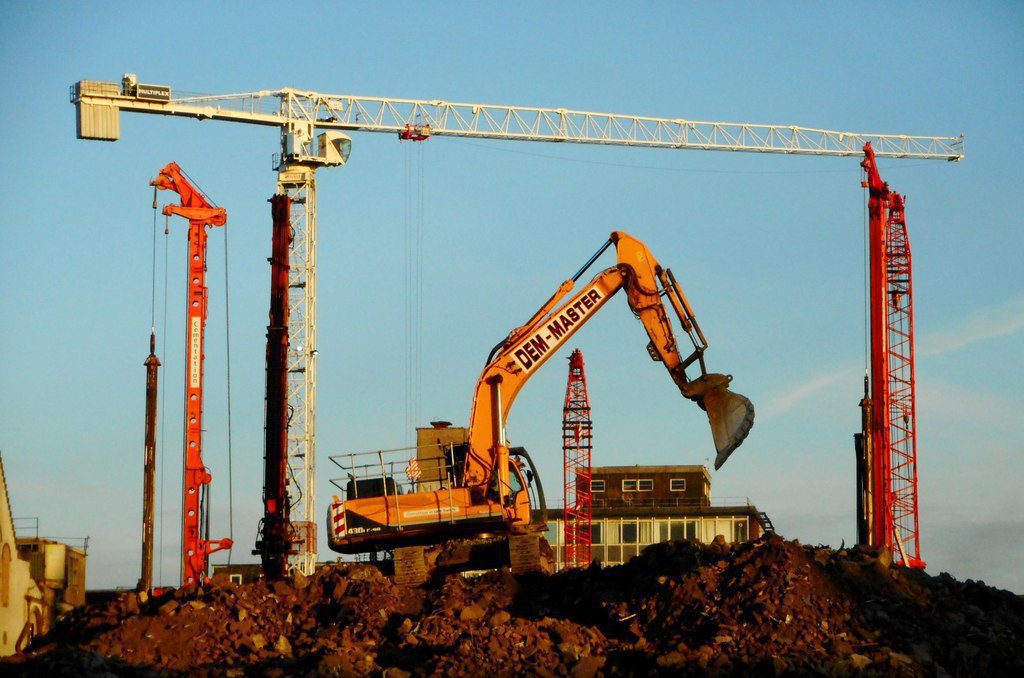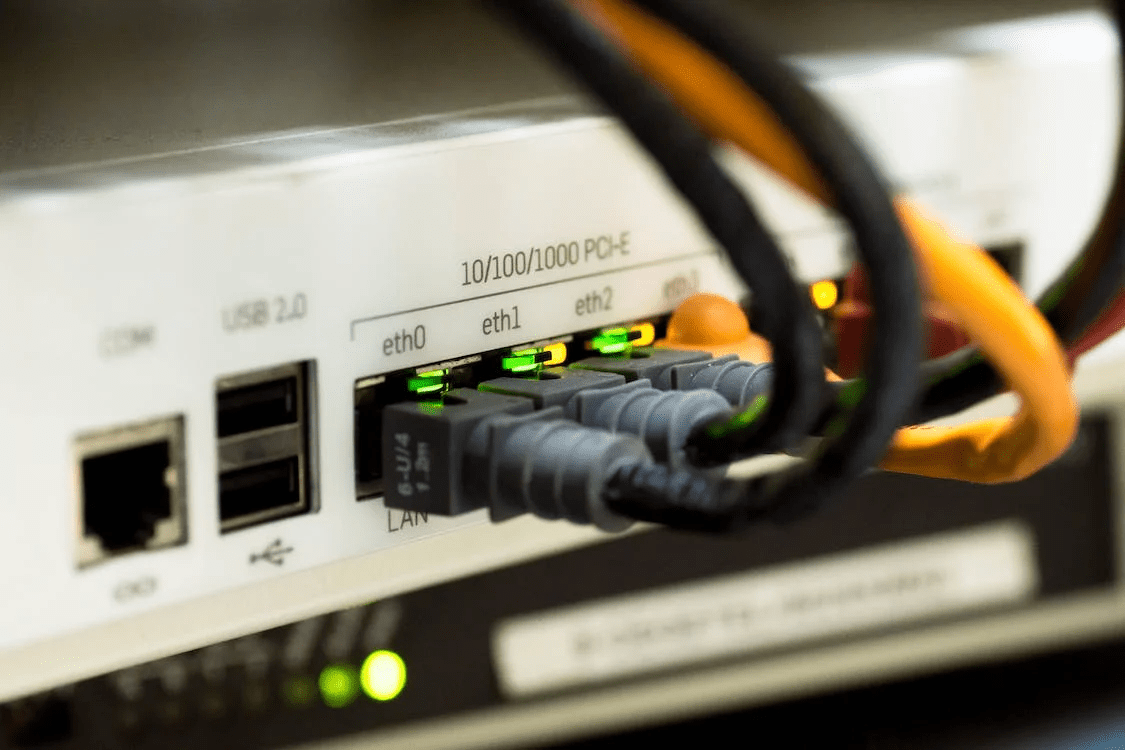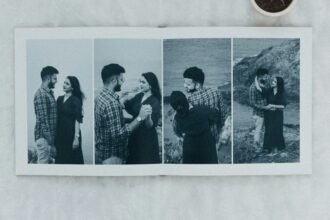The art of photography has evolved to a great extent and the notion of perfection and beauty is no longer the same. There are many ways imperfections add to the beauty of photos. One of the ways modern photographers use to enhance their pictures is with the inclusion of light leaks.
Lightroom presets can be one of the best ways to enhance your images. One way to quickly access about 2000 premium presets is to download it from Sitetrail. Their team produced some of the most astonishing presets that can be applied in just a few clicks.
These patches of light were traditionally believed to ruin a picture. Today, however, they are known to add depth, dimension, and layers to a film, ramping up the emotion of the photo every time.
In this post, let us learn more about creating beautiful light leaks in different ways.
How Light Leaks Improve Film Photography?
The term light leak originates from the idea of light leaking onto the film resulting in color and value leaks on slides. This look adds a feeling of nostalgia and creativity to the images.
A light leak makes an excellent addition to analog photography, giving your photo an instantly unique feel. A lot of film photographers still don’t favor light leaks but when used right, they can enhance the photographs.
Light leaks don’t always work as expected. Even when used by professionals, the end result cannot be predicted unless the film is developed. There are, however, plenty of free light leak presets and toolkits to help with the same, which experienced professionals can use effectively.
This helps you adopt candid photography and remain open to failure. Light leaks also look visually appealing. A simple photo can be enhanced to a great extent with a burst of orange, yellow, or red.
You can also use light leaks in digital photography to produce nostalgic images. There are several techniques you can try across genres to improve even the simplest of pictures.
How To Create Beautiful Light Leaks?
There are several methods you can use to create stunning light leaks when taking photos. In this section, let us discuss a few common methods to create light leaks in-camera.
The benefit of taking this approach is that you get great images without having to edit anything later. Moreover, such methods cannot be easily replicated as every light leak you create is unique.
Use Glass Obstruction Technique
With the use of a crystal or prism, you can easily create a light leak. You simply need a camera with manual controls and glass, crystal, or anything else that reflects light.
To make the most of this technique, ensure that you use a directional source of light. You can also use colored glass that generates various types of refractions.
Use Bright Light Source
At times, using a bright source of light is a great way to create a light leak. This can be either done with lens flare or in the effect of rays. Lens flare can be easily used to your benefit with some creativity.
The simplest way is to use a light source. Position the subject between a bright light source and the camera. You can overexpose the light source to create appealing light leaks.
Use Old Cameras to Create Stunning Light Leaks
Not all film cameras work the same when creating light leaks. It all depends on technique but some cameras are more responsive to light exposure than others.
Old film cameras are great at producing light leaks, increasing your chances of achieving a great result. The key is to use a cheap camera with defects like holes. These flaws would make it easier to create light leaks in your photos.
To get more control over the pictures, get an analog camera that lets you change the lens. This allows playing around with apertures and trying different techniques for light leaks.
Rewind the Film Roll to Create Light Leaks
Once you have captured the pictures, rewind the film roll and open the camera back. Ensure to do this quickly or the photographs can get overexposed.
Small light exposure is enough to generate appealing light leaks. It is possible that you lose some pictures in the process and may need to take a few trials before you get the perfect result.
Intensify With Contrast
If you can’t create strong light leaks, you can use editing software to manually intensify them. To do this, open your picture in Photoshop. Use the Lasso tool to select the light leak and choose the ‘Selective Colour’ option under the adjustment layer icon.
The colors red, yellow, and orange for light leaks are available in this section. You can easily adjust the saturation and hue of your light leak without losing the natural appearance of your photo.
Try Different Cameras & Angles
It is a good idea to invest in a few pieces of equipment to experiment and create the perfect light leaks. The cheaper your camera, the better the result. Also, use different lenses and film rolls and experiment with various foci and apertures.
This is probably an effective way to create beautiful light leaks. Try to stick to a particular technique for a shoot and change the camera, angles, and parameters to discover the right approach matching your requirements.
As an example, keep the aperture large for a photoshoot and then change things for the other shoot. You can try and keep the aperture small and tweak other camera settings. Note whatever you do and see what affects the light leaks in what ways.
Create Fake Light Leak With Objects
Most photographers find the effect aesthetically appealing which is why they have become so popular in digital photography. There are several techniques that help produce great light leaks. The idea is to make foregrounds blur to look like light leaks. One way is to use bright red, yellow, or orange objects. It can be a bright piece of cloth, your finger, or a lighter.
Make sure the aperture is big so that the foreground appears blurred enough to resemble a light leak. Also, ensure not to cover the lens completely. Position the object in such a way in front of the lens that it appears to be coming from the side.
Final Thoughts
Light leaks can be an excellent addition to your film photography. While it takes some patience and practice, the end result is really satisfying.
You can keep experimenting with different light leak techniques, equipment, and settings to move closer to the perfect effect you want for your photographs.








